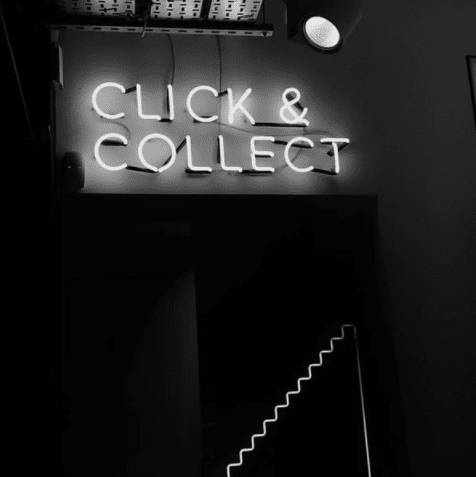Since pay-per-click ads as a digital marketing tactic became successful enough to be deemed a reliable source of money, there has been a problem with unscrupulous individuals attempting to exploit them. Hence, most digital marketers are familiar with terms like “ad fraud,” “invalid traffic,” “bot clicks,” and “false clicks”.
Essentially, advertisers pay money on ad clicks that would never have resulted in a sale.
But how can advertisers prevent this fraud and keep their campaigns profitable? Learn more bout ad fraud and how you can avoid it.
Preventing Ad Fraud
An organized hacking team is typically responsible for this digital ad fraud. Over the years, several botnets have been identified that have cost advertisers millions of dollars in wasted advertising dollars.
Competitors are motivated to see as many ad tech marketing strategies fail as possible. Competitive click fraud is thus done deliberately to disrupt your business.
Click fraud perpetrated by competitors is often a simple tool rather than a complex system. Its primary objective is to drain the campaign’s coffers.
It’s possible to manually limit (or minimize) the number of bogus clicks. In addition to hiring click fraud protection services, there are several ways you can keep your campaign clean of fraud.
1. Fine-Tune Your Target Audience
Your ad campaign is vulnerable to click fraud if you target too wide of a range of people. Maximize your ad demographics and regional targeting to reduce the likelihood of fraudulent clicks and traffic.
Location-based advertising is one effective tool for limiting the scope of your ad to reach your target audience rather than bots.
2. Check Your Traffic Flow
There might be peaks and valleys to the volume of fraudulent traffic. See if a pattern emerges. You may notice a spike in traffic or a large number of clicks but poor conversions.
Take a peek at it at least twice a day, preferably in the morning and in the afternoon. In the event of suspicious behavior, keep track of your traffic and check if there are any IP addresses or geolocations that you may exclude from your network.
It’s possible to discover IP addresses that must be blocked if you maintain a tight check on your click traffic. However, manually banning IP addresses can be a challenge because it is difficult to determine exactly what the traffic is accomplishing. Many of the clicks on your ad might be legitimate, such as from a prospective client performing due diligence on your firm before making a purchase, or they could be malevolent, such as from a competitor.
You must exercise caution to avoid blocking legitimate buyers from clicking on your ads.
3. Verify Ad Placements
Many websites are set up just to host advertisements. Ad revenue is inflated because publishers drive low-quality visitors to their sites.
Assuming that the site appears littered with ad banners, popups, and low-quality content, it is likely to be an ad-fraud-targeted site. While you can manually exclude your ads from low-quality sites and target high-quality ones instead, Google is also creating dynamic exclusions so that you can take advantage of these regularly updated lists.
4. Limit the Times for Clicks
As a result of running advertising around the clock, you’ll be able to take advantage of the lucrative market for insomniacs, but you’ll also attract click fraud.
When an ad is running outside of your waking hours, it is more likely to be targeted by bots and click farms. Stop and start your advertisements at the ideal times to attract actual consumers.
Keep Your Ads Safe
If you want to make things easy on yourself, consider signing up for a click fraud protection service and using these strategies for protecting your ads. This way, you can find your target customers without paying for bots and competitors to visit your site. You’ll see costs decrease while you can focus on your genuine customers.



































